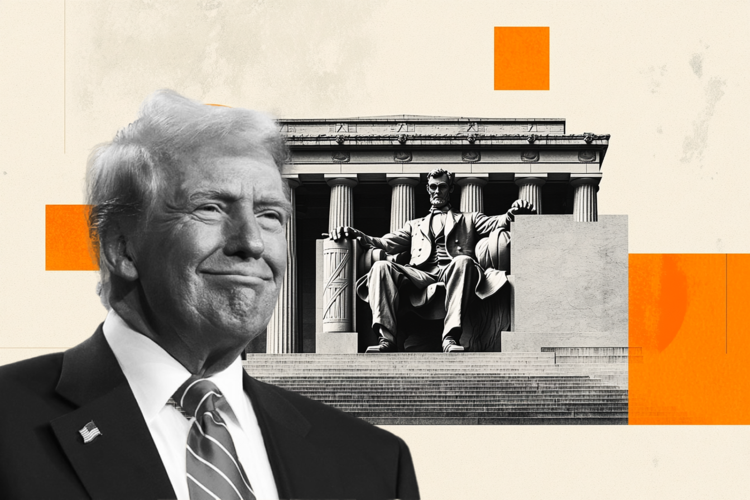During statements made to the press during his weekly Executive Order signing, United States (US) President Donald Trump added further tariff commentary, though not necessarily clarity, to his social media posts earlier on Friday.
Donald Trump followed up with comments about a possible ‘deal’ between US Steel and Japan-based Nippon Steel. One of the key details missed in the Nippon-US Steel deal is that it is an acquisition bid, not a partnership or investment agreement. If the deal is allowed to go through, US Steel will become a wholly-owned subsidiary of Nippon Steel. While Nippon Steel did agree to spend $4B on building an additional refinery, the bulk of the money takes the shape of a buyout of an already-existing US company.
Key highlights
We’re talking about big plants. The tech has come a long way in safety and cost.
We need tremendous electricity.
Talks with the EU are slow-moving.
(On his new 50% tariff threat against the EU): I’m not looking for a deal, it’s set at 50%.
I could talk about delays to EU tariffs if they start moving plants to the US.
We have numerous other deals ready to be signed.
(On his proposed 25% tariff targeted at Apple (AAPL) products specifically: It’ll be more, it will be Samsung too.
If Apple and Samsung build a plant in the US, no tariff.
Cook said he’d go to India, but there’d still be tariffs that way.
If they’re selling in the US, it needs to be built in the US.
I don’t want the consumer to pay the tariffs. Tariffs are helping, not hurting.
Some products the US doesn’t want to make, they’re better elsewhere.
US Steel will remain in America.
There will be a partnership between US Steel and Nippon Steel. The bulk of the investment will come in the next 14 months.
The US Steel and Nippon Steel partnership adds $14 bln to the economy.
Tariff policies ensure steel will be made in the US forever.
I will hold a US Steel rally on May 30th.
Market reaction
Investors barely blinked at the continued lack of clarity on President Trump’s new wave of tariff rhetoric, having already sold and recovered throughout the market session on trade headlines. Markets are heading into the weekend close prepped for a three-day weekend, leaving the US Dollar Index (DXY) to sink into the bottom end near 99.00.
Tariffs FAQs
Tariffs are customs duties levied on certain merchandise imports or a category of products. Tariffs are designed to help local producers and manufacturers be more competitive in the market by providing a price advantage over similar goods that can be imported. Tariffs are widely used as tools of protectionism, along with trade barriers and import quotas.
Although tariffs and taxes both generate government revenue to fund public goods and services, they have several distinctions. Tariffs are prepaid at the port of entry, while taxes are paid at the time of purchase. Taxes are imposed on individual taxpayers and businesses, while tariffs are paid by importers.
There are two schools of thought among economists regarding the usage of tariffs. While some argue that tariffs are necessary to protect domestic industries and address trade imbalances, others see them as a harmful tool that could potentially drive prices higher over the long term and lead to a damaging trade war by encouraging tit-for-tat tariffs.
During the run-up to the presidential election in November 2024, Donald Trump made it clear that he intends to use tariffs to support the US economy and American producers. In 2024, Mexico, China and Canada accounted for 42% of total US imports. In this period, Mexico stood out as the top exporter with $466.6 billion, according to the US Census Bureau. Hence, Trump wants to focus on these three nations when imposing tariffs. He also plans to use the revenue generated through tariffs to lower personal income taxes.
Read the full article here


